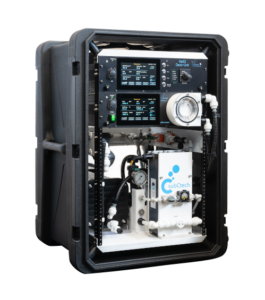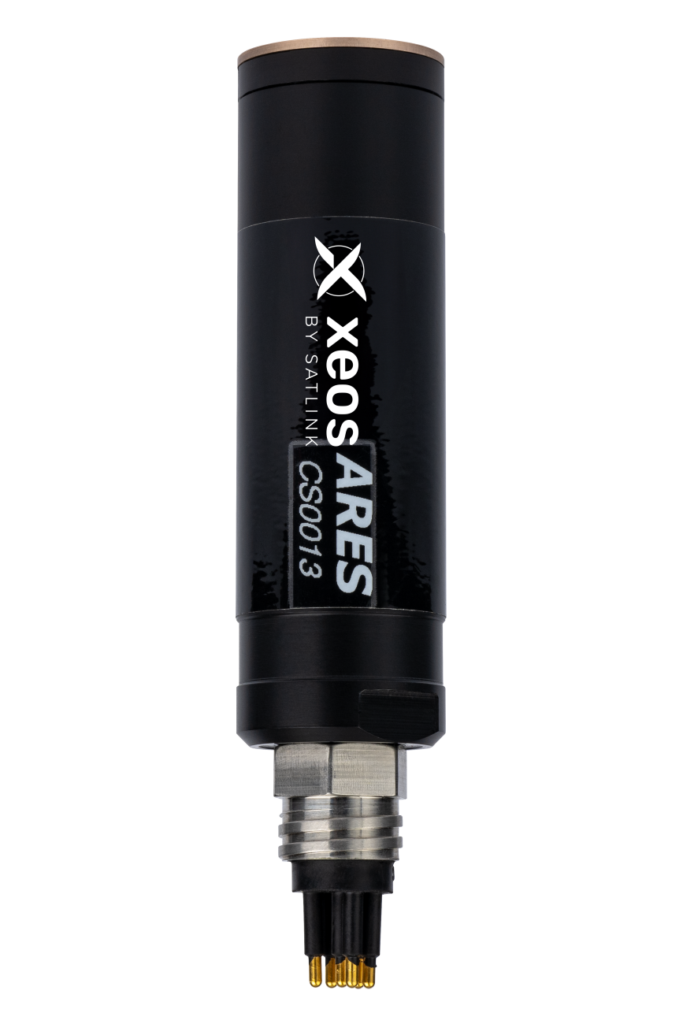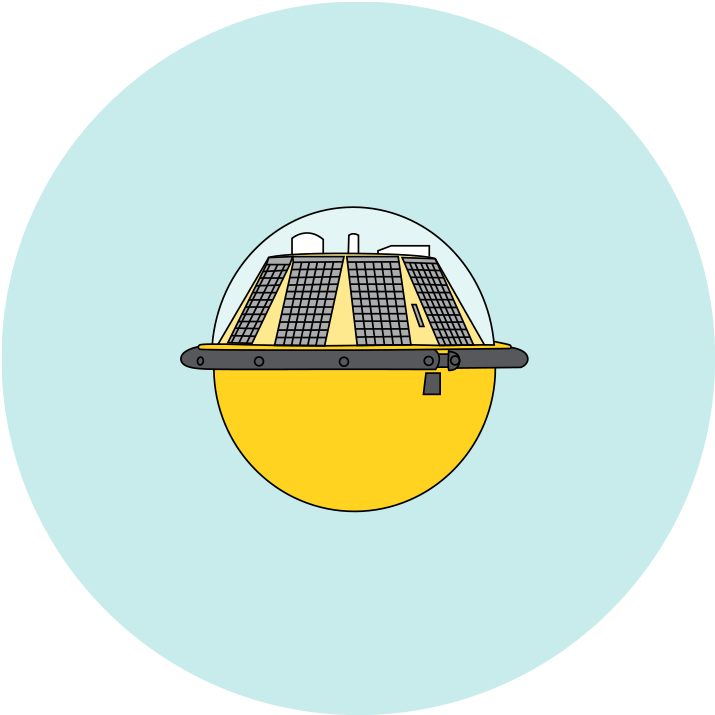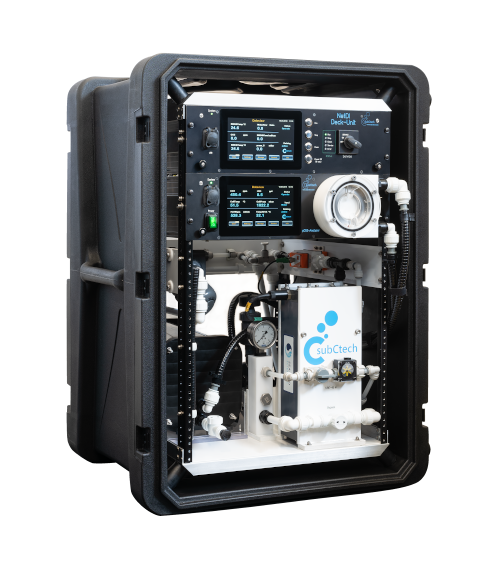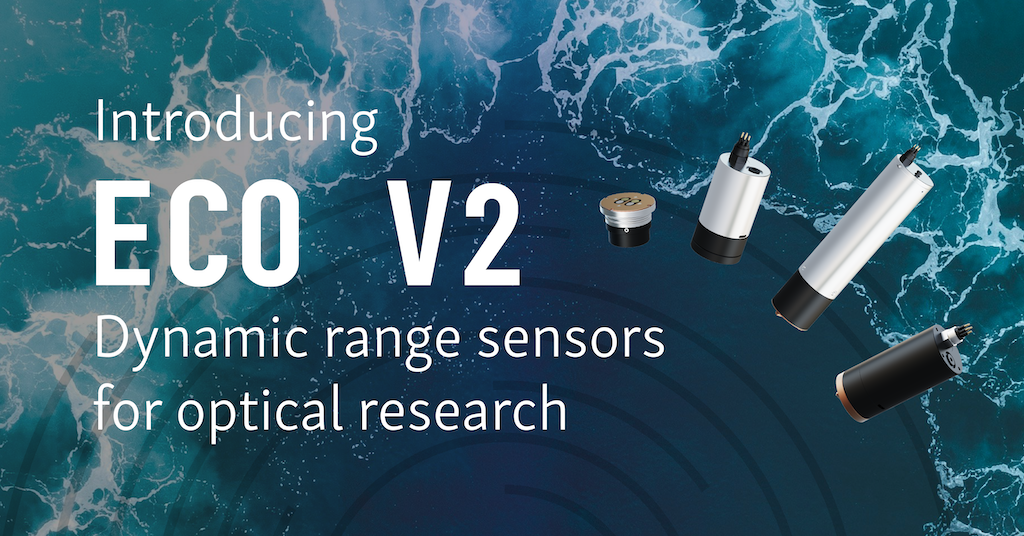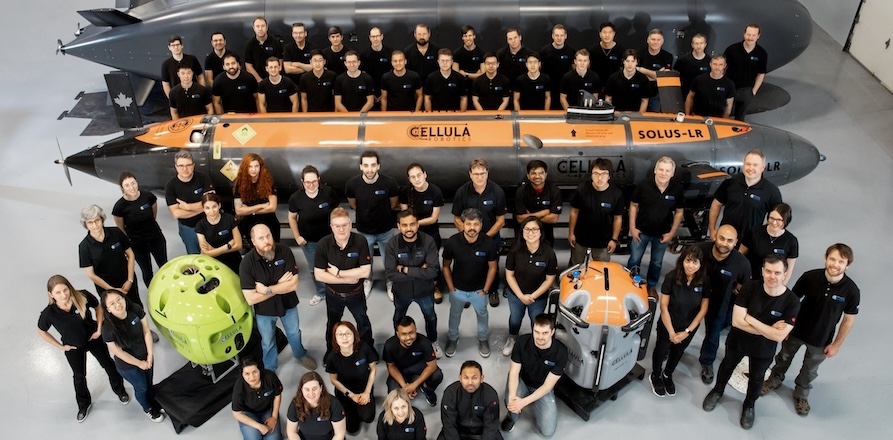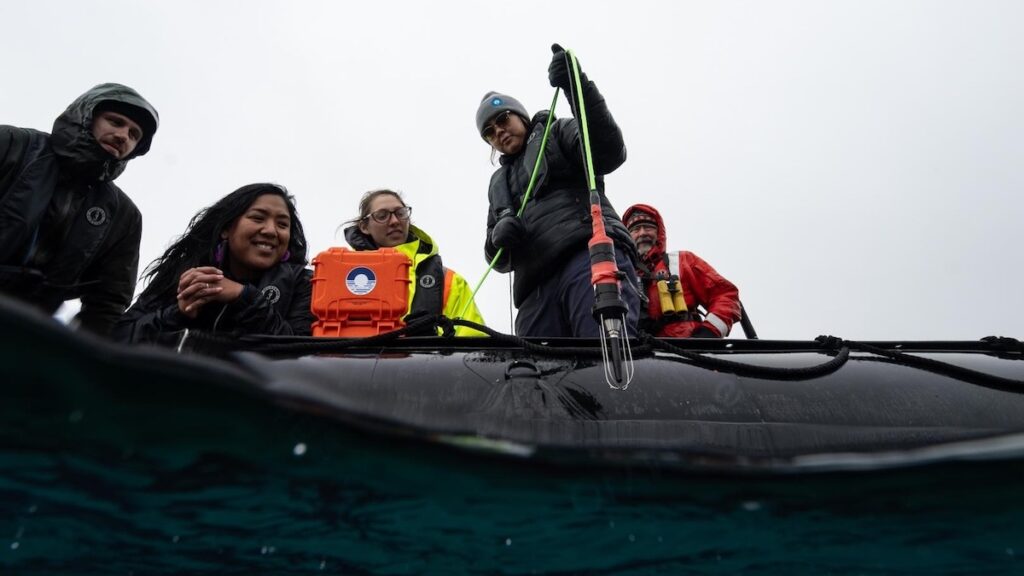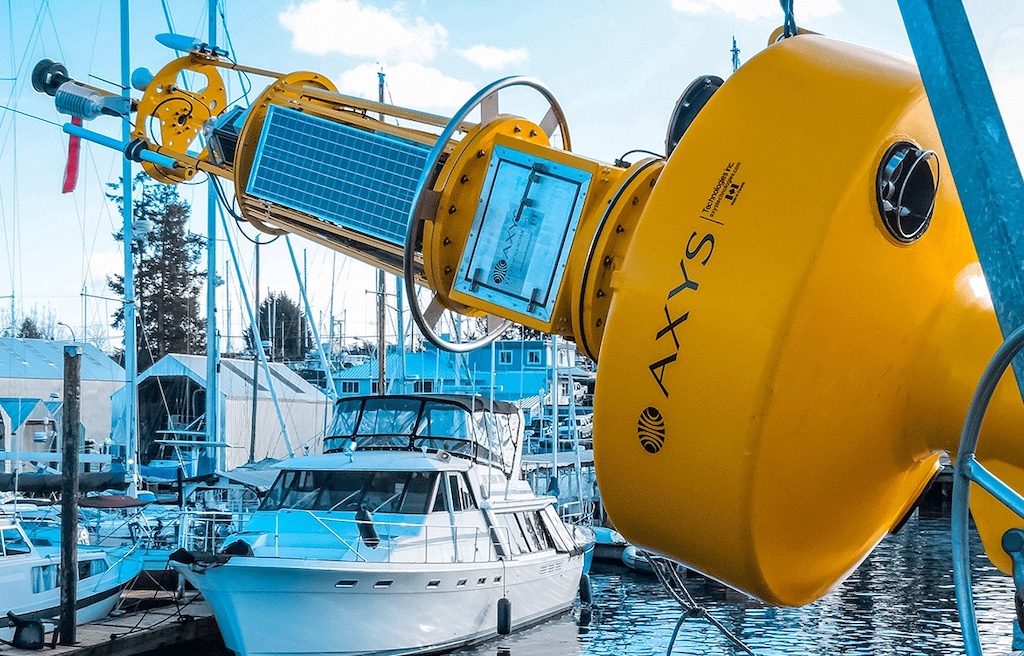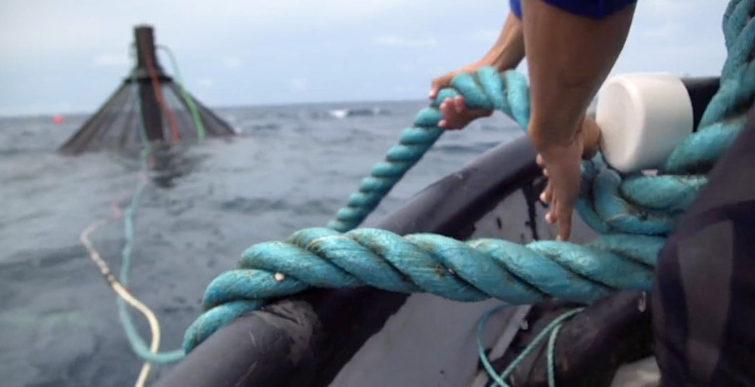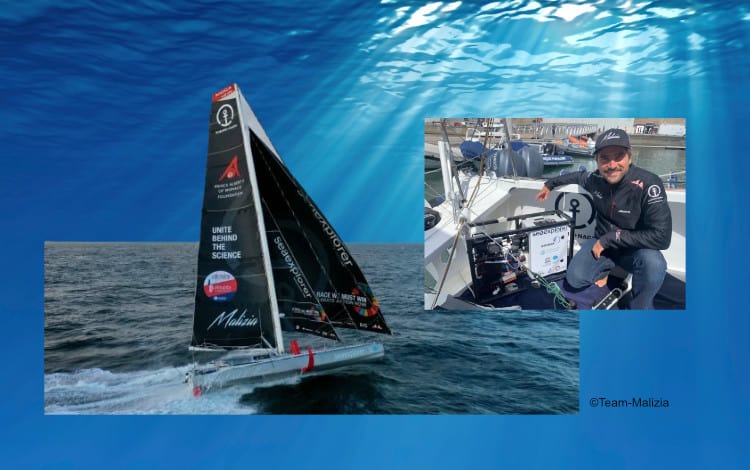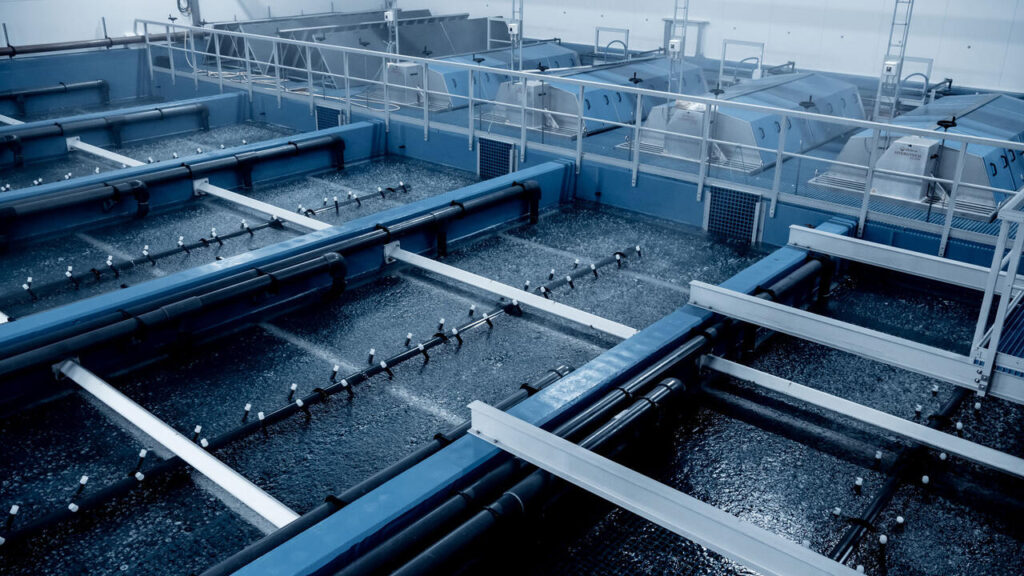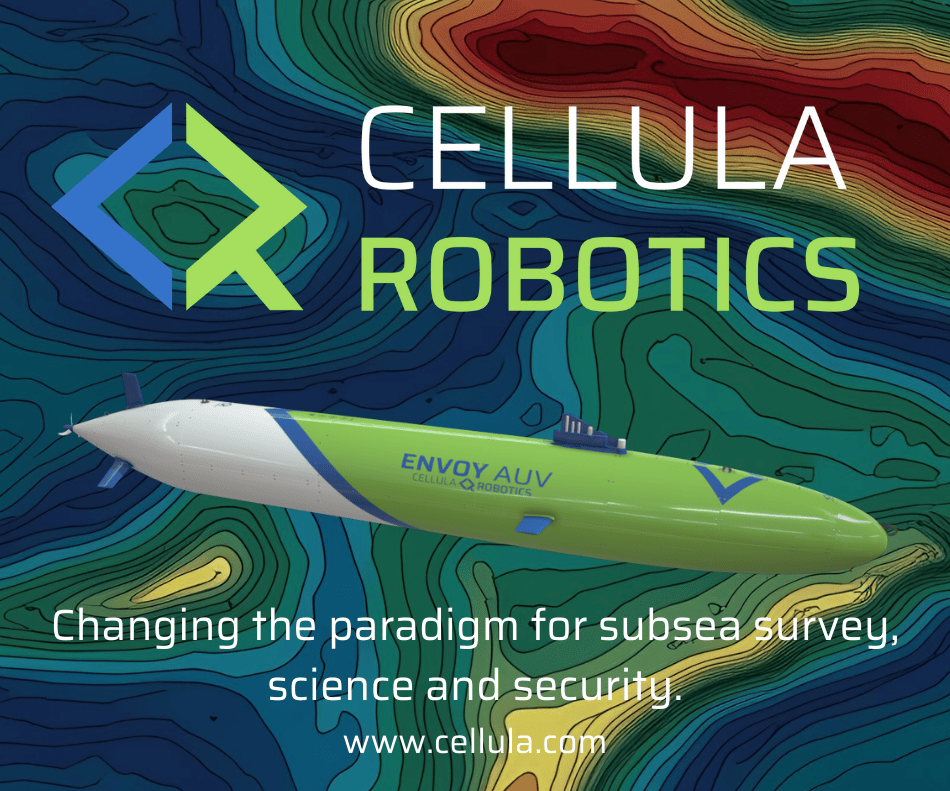Ocean Monitoring System Technology
Ocean monitoring systems play a critical role in marine research, providing essential data on pCO2, water quality, and overall sea water quality. These sophisticated oceanographic instruments and submersible data acquisition technologies enable precise marine environmental monitoring, helping scientists track and analyze changes in the ocean's health. By utilizing advanced marine research tools, researchers can gain valuable insights into ocean dynamics and ecosystem shifts.An ocean monitoring system is a vital tool for understanding and preserving marine ecosystems. These systems are designed to gather and analyze data on various ocean parameters, enabling scientists, policymakers, and industries to monitor and manage subsea environments effectively.
In recent decades, the importance of ocean monitoring has increased, driven by concerns over climate change, ocean acidification, pollution, and the sustainability of marine resources.
Various oceanographic instruments are used to measure critical variables such as temperature, salinity, dissolved oxygen, pCO2 (partial pressure of carbon dioxide), and water quality. These data are essential for applications ranging from marine environmental monitoring to the protection of biodiversity and sustainable fisheries management.
pCO2 Monitoring
One of the most critical aspects of ocean monitoring is tracking the levels of carbon dioxide (CO2) dissolved in seawater, which is often referred to as the partial pressure of CO2 (pCO2).
pCO2 sensors are deployed in ocean monitoring systems to measure the concentration of CO2 in the water, providing essential information on the ocean’s role as a carbon sink. These sensors are often mounted on platforms such as buoys, autonomous underwater vehicles (AUVs), and submersible moorings to collect real-time data from different depths and locations. By continuously monitoring pCO2 levels, scientists can assess the rate of acidification in different parts of the ocean and predict its impact on marine life. Often used when monitoring greenhouse gases, pCO2 monitoring is critical for understanding the broader implications of ocean acidification on marine ecosystems and fisheries.
Water Quality Measurement
Water quality measurement provides valuable insights into the health of marine environments. Water quality parameters typically include temperature, salinity, dissolved oxygen, turbidity, and concentrations of nutrients like nitrogen and phosphorus. By continuously measuring these variables, ocean monitoring systems can detect changes that may indicate pollution, eutrophication, or other environmental stressors.
In coastal and near-shore environments, water quality monitoring is essential for managing the impacts of human activities such as agriculture, industrial runoff, and wastewater discharge. Sensors can detect increases in nutrient levels that lead to harmful algal blooms, which deplete oxygen in the water and create “dead zones” where marine life cannot survive. Monitoring systems that measure oxygen levels, in conjunction with nutrient sensors, help detect early signs of eutrophication, enabling timely management interventions to prevent widespread ecosystem damage.
Subsea data acquisition platforms—such as those deployed on AUVs or ROVs (remotely operated vehicles)—play a key role in gathering water quality data from depths and areas that are difficult to reach.
Marine Environmental Monitoring
Marine environmental monitoring includes tracking biodiversity, the presence of pollutants, and the health of marine habitats such as coral reefs, mangroves, and seagrass beds. Oceanographic instruments, such as pH sensors, dissolved oxygen sensors, and biofouling detectors, help monitor the effects of human activities and natural phenomena on marine life.
For example, long-term monitoring of coral reefs using oceanographic sensors can detect changes in water temperature, pH, and nutrient levels, all of which affect the resilience of coral to bleaching events. Similarly, in deep-sea environments, ocean monitoring systems are deployed to study vulnerable habitats such as hydrothermal vents and deep-sea coral ecosystems, which can be impacted by deep-sea mining and offshore oil and gas operations.
Ocean Monitoring System Applications
Ocean monitoring systems have a wide range of applications in research, industry, and environmental management including:
Climate Change Research
Ocean monitoring systems play a pivotal role in studying climate change, particularly its impact on the global oceans. Oceanographic instruments such as temperature and salinity sensors, pCO2 sensors, and sea level measurement devices provide essential data for understanding how the ocean modulates climate processes.
Ocean Acidification Monitoring
Ocean acidification is one of the most severe consequences of increased atmospheric CO2, and its impacts on marine ecosystems are far-reaching. Ocean monitoring systems track changes in the ocean’s chemistry as CO2 dissolves in seawater, forming carbonic acid and lowering pH levels.
Marine Biodiversity and Habitat Conservation
Ocean monitoring systems provide crucial data for the protection of marine biodiversity and habitats. These systems are used to assess the health of ecosystems such as coral reefs, mangroves, seagrass beds, and deep-sea habitats, which are vital for maintaining marine biodiversity. Instruments such as underwater cameras, acoustic sensors, and environmental DNA (eDNA) samplers are deployed to monitor species populations, behavior, and interactions in these environments.
Sustainable Fisheries Management
Sustainable fisheries rely heavily on data collected through ocean monitoring systems. Fisheries are influenced by several environmental factors, including water temperature, salinity, oxygen levels, and the availability of nutrients. Monitoring these parameters provides insight into fish population dynamics, migration patterns, and spawning behavior.
Pollution Detection and Environmental Monitoring
Ocean monitoring systems are widely used for detecting pollution and assessing its impact on marine ecosystems. Instruments such as chemical sensors, turbidity meters, and underwater cameras monitor water quality by measuring contaminants like heavy metals, hydrocarbons, nutrients, and microplastics. Monitoring systems deployed in coastal areas, estuaries, and near-shore environments track the effects of urban runoff, industrial discharge, agricultural pollution, and oil spills.
Scientific Exploration and Ocean Mapping
An ocean monitoring system is an essential tool for scientific exploration, particularly in the largely uncharted deep-sea environments. Submersible platforms equipped with sonar, mapping technology, and various sensors allow scientists to explore and map the ocean floor, uncovering new species, hydrothermal vents, and underwater geological formations. These discoveries contribute to our understanding of the ocean’s role in the global ecosystem, as well as its potential for resources like minerals and new bioactive compounds.
Products (9)
Related Articles
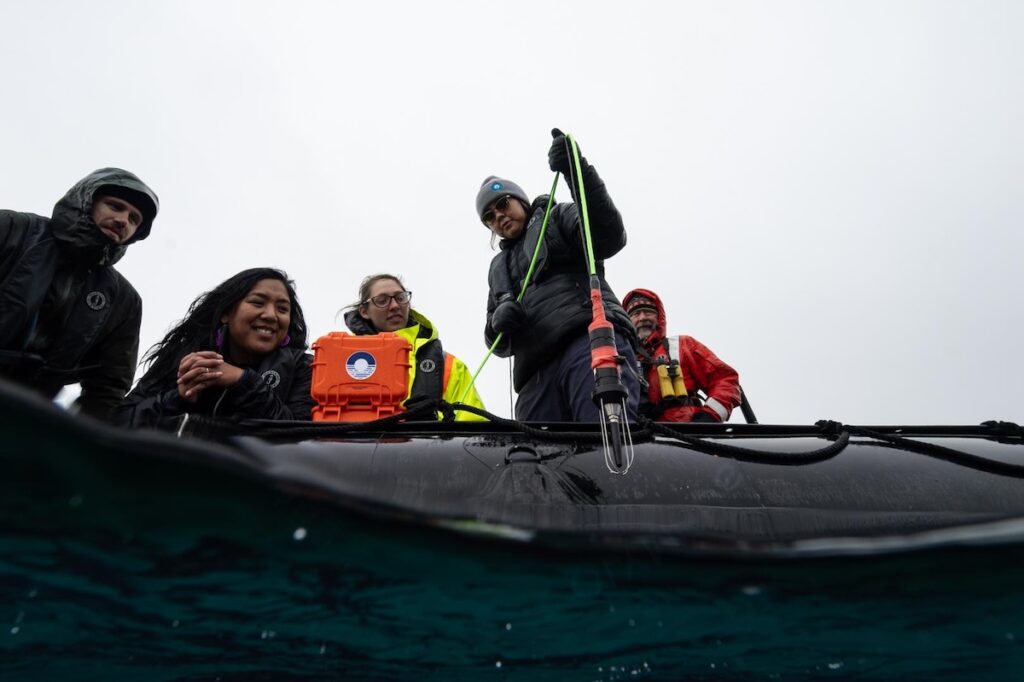
Advanced Real-Time Underwater Listening Technologies & Acoustic Monitoring Solutions
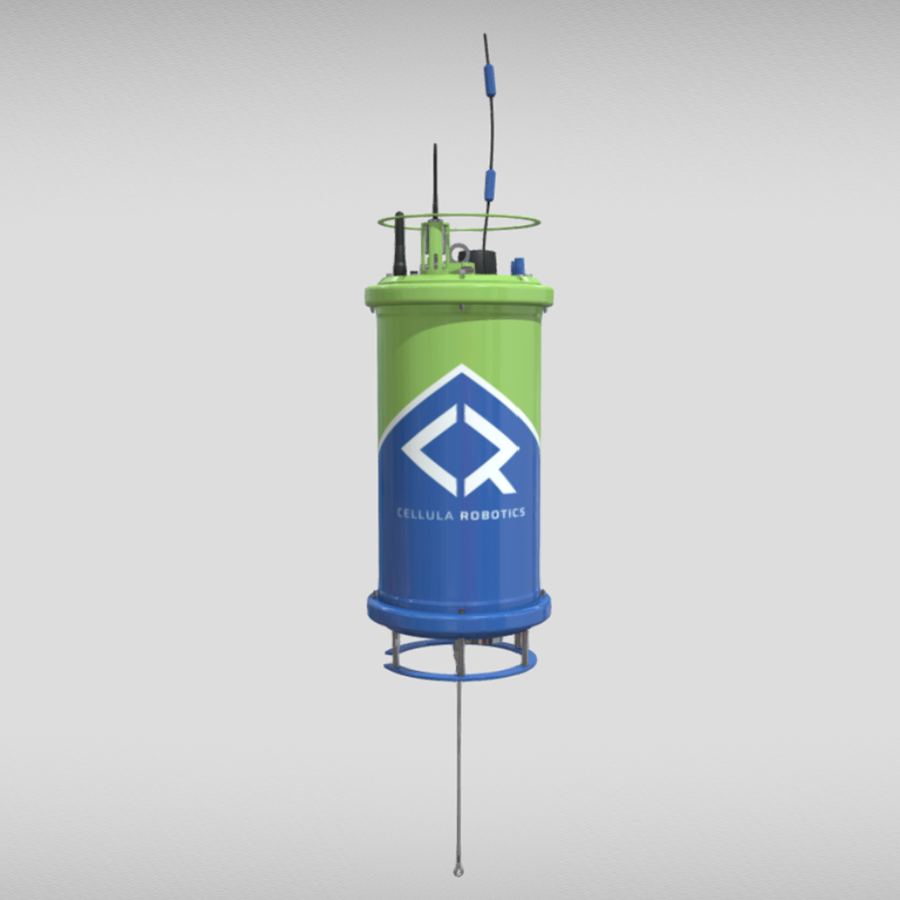
Innovative Autonomous Underwater Vehicle Solutions for Subsea Survey, Science & Security Applications
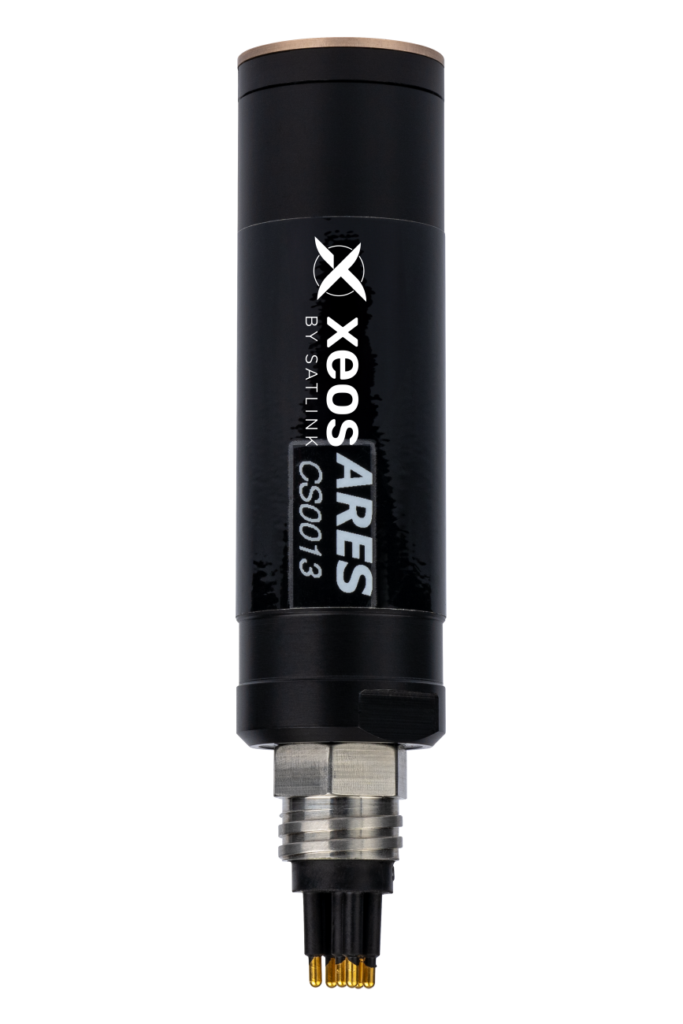
Telemetry Tracking Beacons & Equipment for Marine & Offshore Applications
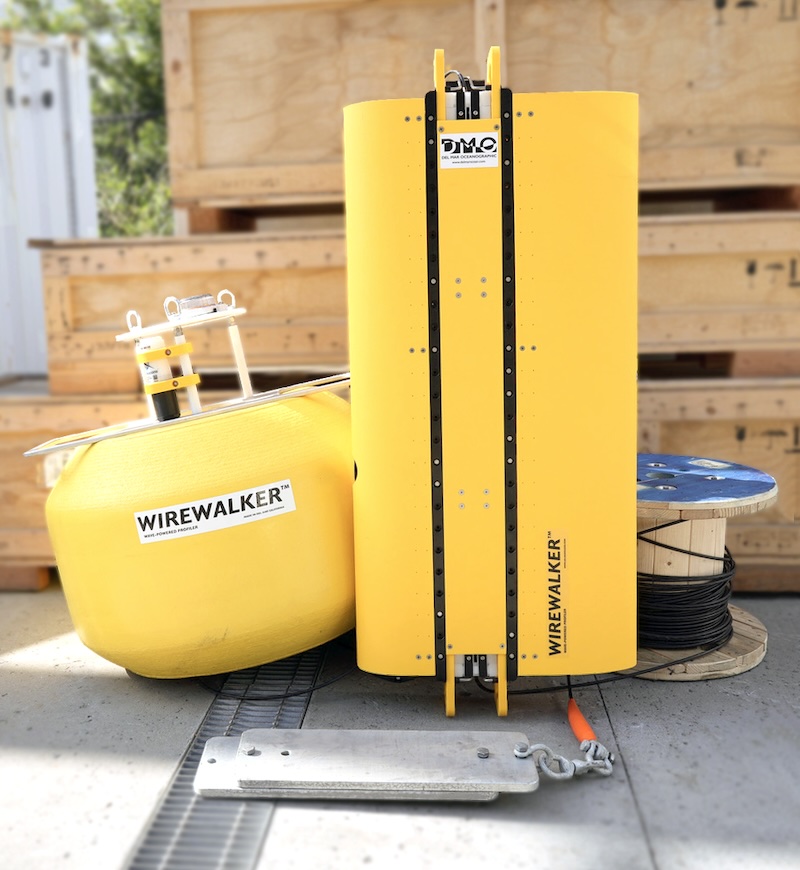
Wave-Powered Rapid Vertical Profiling System for Accurate Water Column Observation
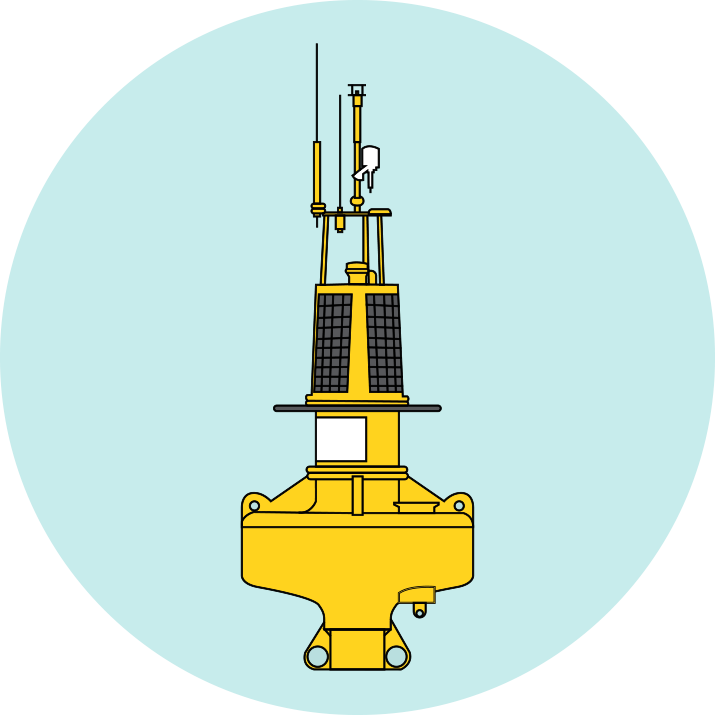
Meteorological & Oceanographic Data Measurement Technologies for Marine Applications
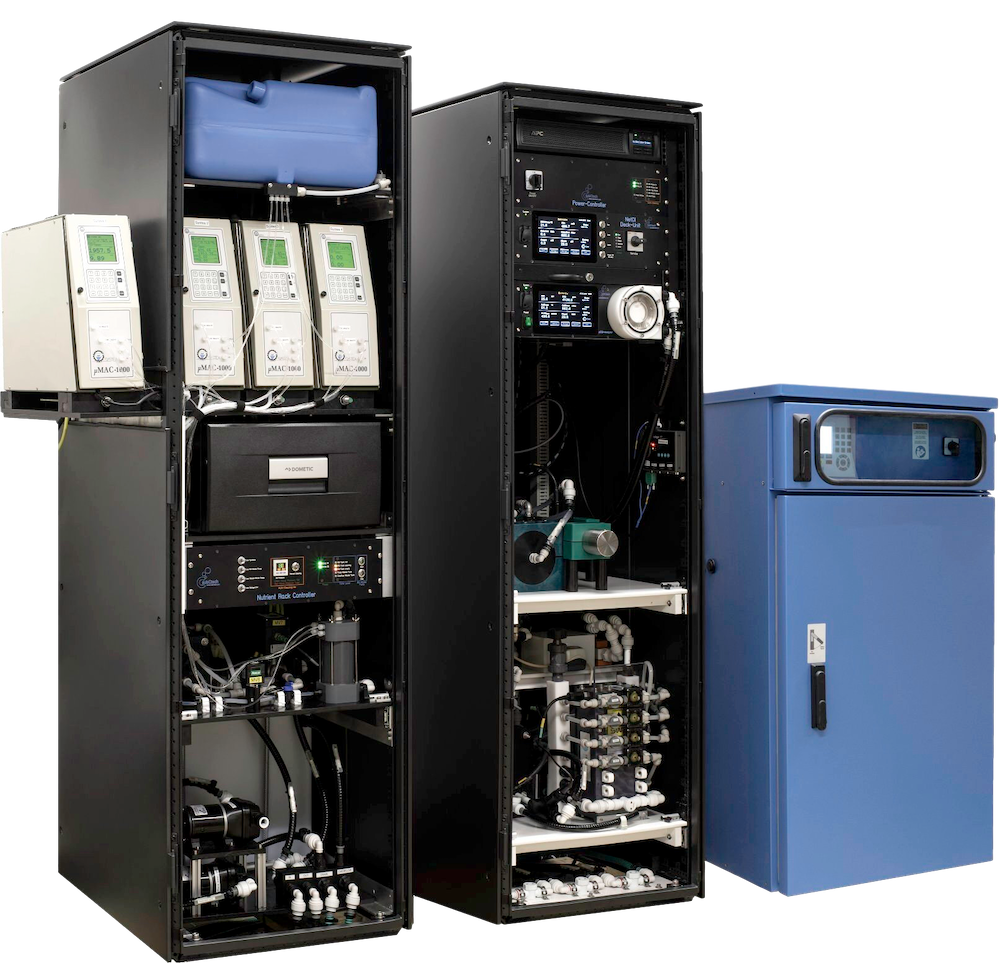
Marine Monitoring Systems for Surface & Underwater Vessels | Advanced Power Solutions for Subsea Vehicles

Hydroacoustic Solutions for Aquatic Ecosystem Monitoring

